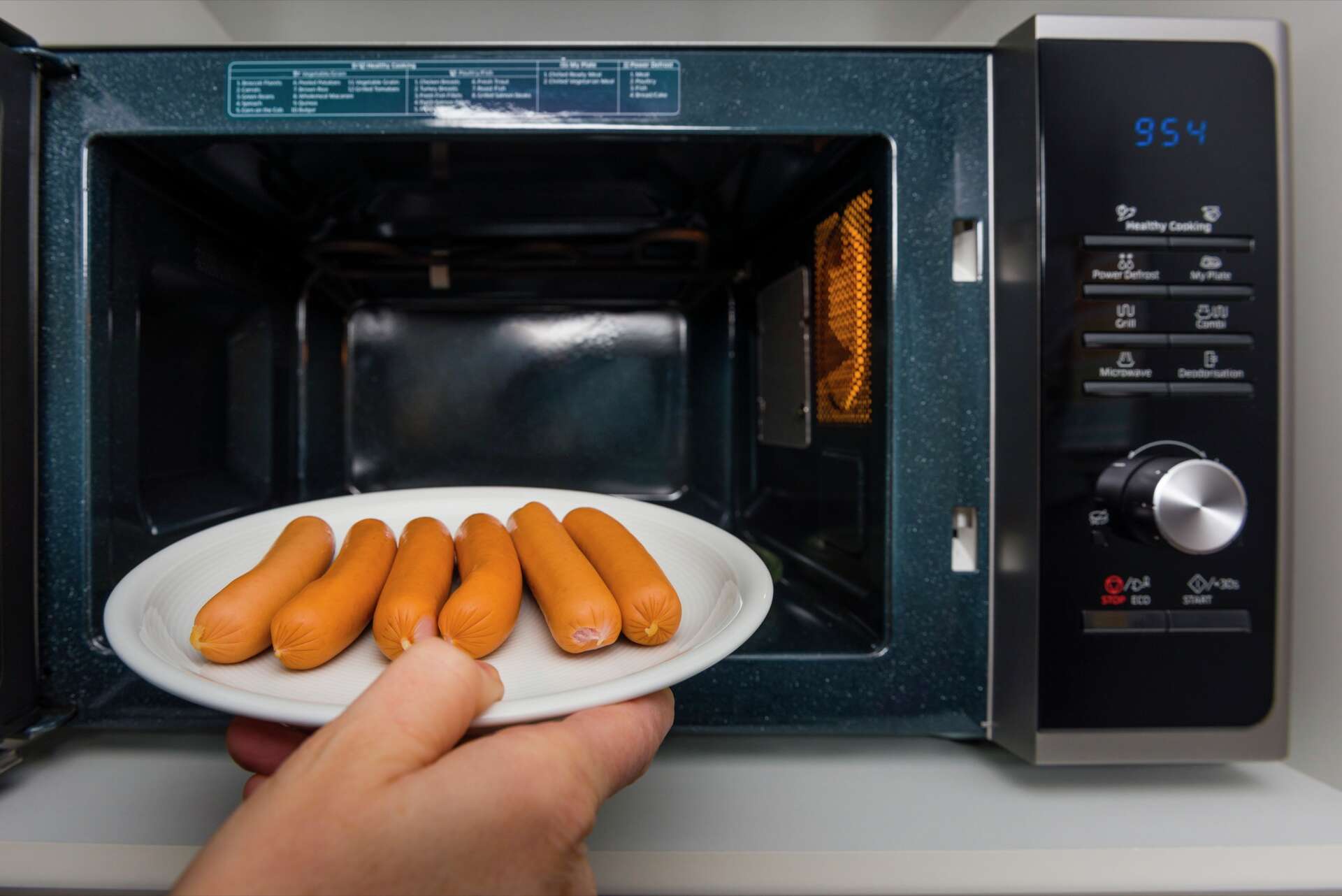ADVERTISEMENT
7. Bread
Reheating bread in the microwave can turn it into a chewy, rubbery mess. The high moisture content in bread causes it to lose its fresh, crispy texture and become dense. If bread is microwaved too long, it can even become hard and stale.
Tip: The best way to revive stale bread is to wrap it in a damp paper towel and heat it in the oven or a toaster oven. This will keep it soft on the inside with a crispy crust.
8. Potatoes
Reheating potatoes (especially in the microwave) can result in a soggy or uneven texture, particularly for baked potatoes. Microwaving causes the starches in the potato to become gummy and unpleasant. Additionally, reheating potatoes that have been sitting out too long can increase the risk of foodborne illness due to the moisture content and how it affects the growth of bacteria.
Tip: If you’re reheating a baked potato, use the oven or air fryer for a crispier skin. For mashed potatoes, reheat them on the stovetop with a little milk or butter to bring back the creamy consistency.
9. Pasta
Pasta can become mushy and overcooked in the microwave, especially if it’s sauced. The microwave doesn’t heat evenly, and the pasta can become soft and sticky. The sauce can also separate or dry out, leaving an unappetizing texture.
Tip: Reheat pasta in a saucepan on the stove, adding a splash of water or broth to prevent it from drying out. If reheating pasta with sauce, you can use the stovetop or place the dish in the oven with a cover to keep the moisture in.
10. Gravy or Sauces
Microwaving gravy or sauces can cause them to separate, break down, or become lumpy. When sauces are microwaved, the heat can cause the fats to separate from the liquid, resulting in an unpleasant texture and flavor. Sauces can also heat unevenly, leaving parts too hot while others remain cold.
Tip: Reheat sauces gently on the stovetop, stirring constantly. For gravies, add a little stock or water to help bring them back to a smooth consistency.
11. Fried Foods
Fried foods like fried chicken, french fries, or tempura don’t reheat well in the microwave. The microwave will soften the crispy exterior, turning it soggy, while the interior may become rubbery or unevenly heated. Fried foods are best when freshly cooked, as they lose that crispiness when reheated.
Tip: If you must reheat fried foods, use the stovetop or an oven. To bring back that crunch, you can briefly reheat them in a skillet with a little oil or place them in the oven for a few minutes to crisp them up again.
Conclusion:
While microwaves are fantastic for convenience and speed, they aren’t always the best method for reheating certain foods. Foods like rice, seafood, bread, and fried items lose their texture, flavor, or even their safety when reheated in the microwave. To ensure your leftovers taste just as good as when they were first made, it’s best to use the stovetop, oven, or skillet for most of these items.
By being mindful of how you reheat your food, you can preserve its flavor and texture and even make your leftovers feel like a brand-new meal! So, next time you’re planning to reheat something, think twice before hitting that microwave button.
ADVERTISEMENT
